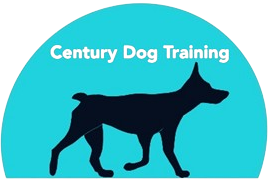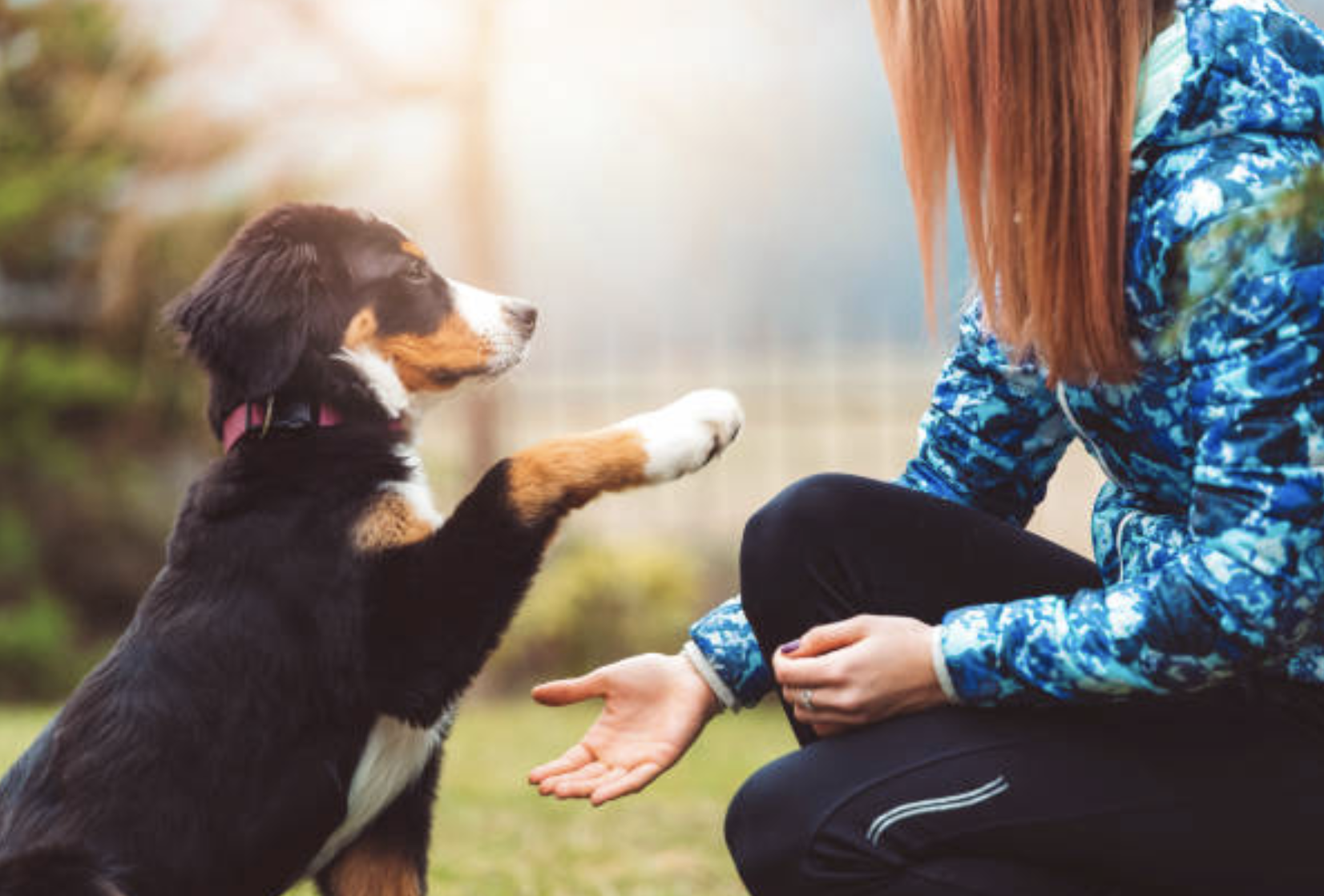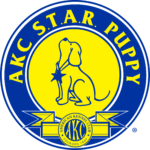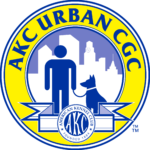What Every New Dog Owner Needs to Know to Get Started on the Right Paw
Bringing home a new dog is an exciting milestone, especially for first-time dog owners. That tail wagging, the eager eyes, the curiosity about everything, it’s a rewarding experience, no doubt. But alongside all the joy, often comes a wave of uncertainty: How do I start training? What if I mess it up? Is my dog supposed to do that?
Training is one of the most important aspects of life with a dog. It creates structure, helps prevent behavioral problems, and lays the groundwork for a lifelong partnership built on mutual trust. For first-time owners, the best approach is to keep things simple, consistent, and rooted in clear communication.
Here’s what every new dog owner should know when it comes to training: straightforward, practical guidance from the perspective of someone who has helped many dogs and humans build a successful start.
Start with the Right Mindset
Before any command is taught or a treat is handed over, the most important place to begin is with mindset. Dogs don’t come into the world knowing what humans expect. They aren’t trying to “dominate” or “be bad”—they’re simply doing what works for them. The job of the owner is to teach what works within the household and what doesn’t, using clear, kind guidance.
Training isn’t about control—it’s about communication. The goal is to teach the dog how to succeed in a human world. Expect a learning curve. There will be mistakes, misunderstandings, and progress that comes in bursts rather than straight lines. That’s normal.
Patience, consistency, and clarity will go further than frustration ever will.
Focus on the Basics First
New dog owners often want to jump into flashy tricks or advanced leash skills right away. But the real value comes from strong fundamentals. Focus first on foundational behaviors that make daily life easier and safer:
- Name recognition – The dog should respond when called by name. This is key for gaining their attention in distracting situations.
- Sit – Simple and versatile. Teaches impulse control and creates a go-to polite behavior.
- Come – Reliable recall is one of the most important cues for safety.
- Leave it – Teaches the dog to disengage from something on cue. Invaluable for dropped food or questionable street finds.
- Stay – Encourages calm, stationary behavior and builds focus.
- Loose-leash walking – Helps prevent pulling and makes walks manageable.
Training sessions should be short and upbeat—ideally 5 to 10 minutes at a time, two or three times per day. Ending on a successful note keeps the experience enjoyable for the dog.
Use Positive Reinforcement
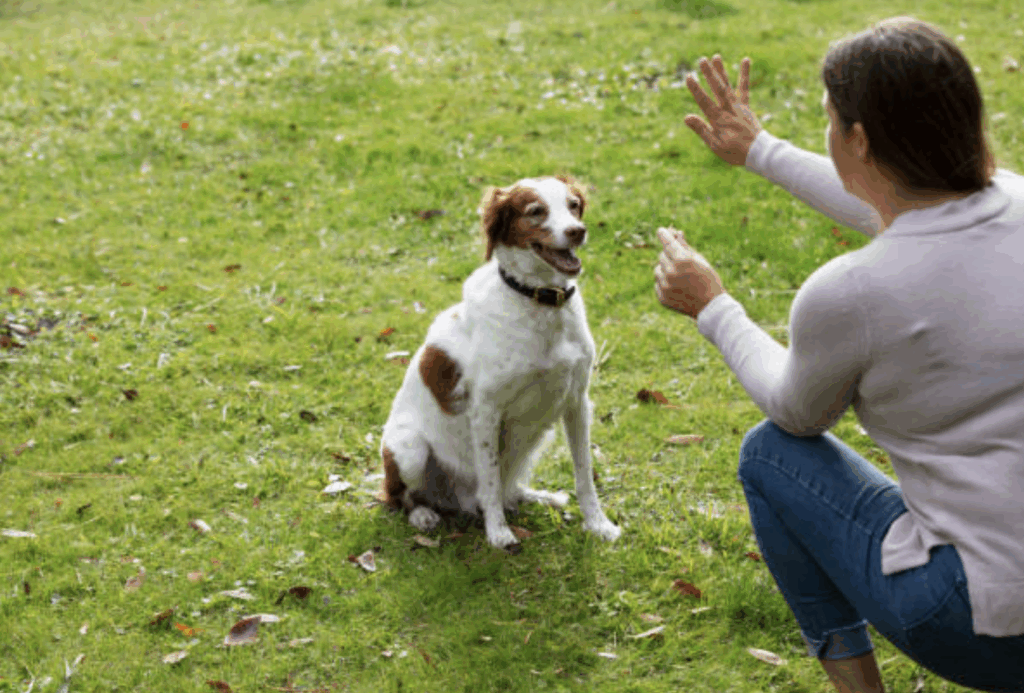
Dogs learn best when they’re rewarded for doing the right thing. Positive reinforcement simply means rewarding behaviors that are desirable so the dog repeats them.
This doesn’t always mean treats, although for most dogs, food is a powerful motivator. Toys, praise, petting, or access to something they want (like going outside) can also serve as rewards. The key is timing: the reward should come immediately after the desired behavior, so the dog makes the connection.
A consistent verbal marker, like “yes” or a clicker sound, can help bridge the gap between the behavior and the reward. This marker lets the dog know the exact moment they did the right thing.
Avoid punishment or harsh corrections. These methods often create fear or confusion rather than clarity. A dog that’s afraid to make mistakes won’t be confident enough to learn new things.
Establish a Consistent Routine
Dogs thrive on structure. Predictable routines help reduce anxiety and speed up the learning process.
Consistency applies to more than just training sessions. It includes feeding times, potty breaks, walk schedules, and household rules. If one person in the family allows jumping on the couch while another doesn’t, the dog receives mixed signals, and confusion slows progress.
Training cues should also be consistent. Choose one word for each behavior (“down” should always mean lie down, not get off the couch) and stick with it. Avoid using multiple phrases for the same cue, which can dilute its meaning.
Manage the Environment to Prevent Mistakes
Training isn’t just about teaching good behavior—it’s also about preventing bad habits from developing in the first place. Environmental management plays a big role in a dog’s early days at home.
This might include:
- Using a crate to give the dog a safe space and limit access when unsupervised.
- Blocking off certain rooms with baby gates.
- Keeping shoes, cords, or tempting items out of reach.
- Using a leash indoors for early guidance.
Dogs should earn freedom gradually as they show they can handle it. Giving too much freedom too soon often leads to behaviors like potty accidents, chewing, or excessive barking. It’s easier to prevent these habits than to undo them later.
Socialize Thoughtfully and Early
Socialization is a critical part of early training—especially for puppies, but it’s important for dogs of all ages. Socialization means positive, controlled exposure to a variety of people, environments, sounds, and other animals.
The goal is to help the dog develop confidence and adaptability. But it’s not about flooding them with stimuli or putting them into stressful situations “to get used to it.” Proper socialization is gradual and intentional.
Pay close attention to the dog’s body language. If they seem overwhelmed or hesitant, slow down. Use distance, treats, and calm praise to help them feel more secure. Pushing too hard during socialization can backfire, leading to fear-based reactivity later on.
Aim for quality over quantity. A few positive experiences are better than dozens of stressful ones.
Expect Setbacks and Plateaus
Progress in training isn’t linear. Some behaviors will come together quickly, while others may take weeks of practice. Dogs—like humans—go through phases of growth, testing boundaries, and sometimes forgetting things they’ve already learned.
Setbacks are normal. What matters is staying consistent, even when it feels like the dog “should know better.” Regression often happens during adolescence, when energy levels rise and focus becomes unreliable. Reinforce the basics during these times rather than escalating pressure.
Progress always resumes with time and persistence.
Reinforce Good Behavior Throughout the Day
Training isn’t confined to formal sessions. Every interaction is an opportunity to reinforce behavior.
Examples include:
- Asking for a “sit” before putting down the food bowl.
- Rewarding calm behavior when visitors arrive.
- Using “leave it” when dropping something on the floor.
- Praising the dog for checking in during a walk.
Dogs learn best in the context of daily life. The more those skills are practiced in real situations, the more reliable they become.
Avoid Common First-Time Mistakes
Even with the best intentions, new dog owners sometimes fall into preventable traps:
- Inconsistency – Mixed messages from different people in the home slow learning.
- Waiting too long to start – Training should begin as soon as the dog comes home, even if it’s just name recognition and potty routines.
- Too much freedom, too soon – Letting a dog have full run of the house before they’re ready often leads to problems.
- Using punishment – This typically damages trust and teaches avoidance, not understanding.
- Overlooking socialization – Missing the socialization window (especially for puppies under 16 weeks) can result in long-term behavioral challenges.
Avoiding these common errors sets both dog and owner up for long-term success.
Conclusion
Training a dog for the first time may feel intimidating, but it doesn’t need to be complicated. With the right mindset, consistent routines, and a focus on positive reinforcement, new dog owners can make meaningful progress in a short amount of time.
Start simple. Build good habits early. Use training as a way to build trust, not just obedience. And remember—training is not about control or perfection. It’s about communication, patience, and setting a dog up to succeed in a world that doesn’t always make sense to them.
The effort invested now will shape the entire relationship for years to come.
